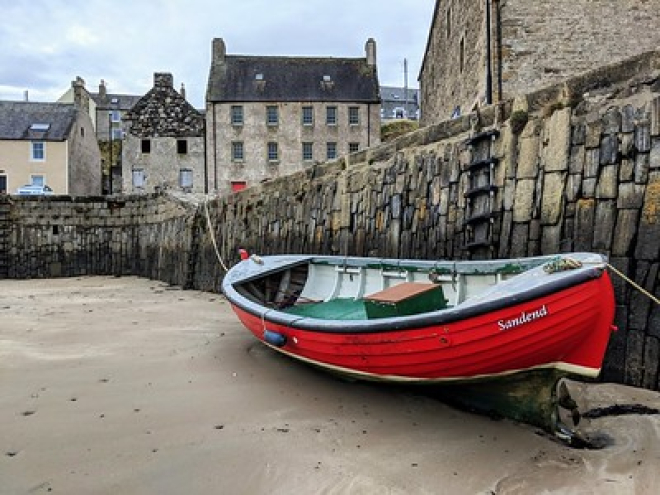Scotland's Blue Economy: current status review

A status review of the Scottish Governments Blue Economy Vision has just been published. The document considers how progress can be tracked, determines if significant and lasting change is occurring, and whether the Blue Economy approach is working.
The Blue Economy Vision was first published by the Scottish Government in March 2022. The Vision defines long-term ambition for shared stewardship of Scotland’s marine and freshwater environment and wider blue economy. It sets out the need for transformative change to create fairer, more prosperous, nature-positive marine sectors and communities.
In order to successfully implement the Blue Economy Vision, an understanding of the current status of Scotland's marine, coastal, and inter-linked freshwater environments, the businesses that operate within them and the communities that they support, is required. Effective measurements of progress and evaluation of the effectiveness of the approach taken is also critical.
Delivering the Blue Economy Vision will ensure that marine assets support Scotland’s wider goal to become a wellbeing economy and tackle the twin crises of biodiversity loss and climate change as set out in the National Strategy for Economic Transformation.
The first phase of delivery of the Blue Economy Vision was the publication of Delivering Scotland's Blue Economy Approach in November 2022. As part of this first phase, a status review to provide a clear picture of where we are now in relation to the Blue Economy outcomes was undertaken.
Climate change is the most critical factor affecting Scotland’s marine environment, with impacts seen across all marine ecosystems. Examples of these impacts include sea level rise around coasts, which poses risk to assets, and temperature increases that are affecting species’ distributions. Ocean acidification and non-indigenous species are other increasing pressures that may significantly affect sectors and the communities that depend on them.
Bottom-contact and pelagic fishing are the most widespread direct pressures on Scotland’s marine regions. Scotland's Marine Assessment 2020 (SMA2020) and other assessments indicate that the rate of change due to human activities in marine systems is accelerating. The state of Scotland’s seas is improving in some areas such as in relation to contaminants, but nine out of 21 regions have seafloor habitats which are predicted to be in poor condition across more than half of their area. In addition, the state of marine mammals, birds, fish, and marine litter remains mixed.
Monitoring progress and evaluating whether actions are delivering the Blue Economy Vision is vital to ensure effective delivery. This will require identifying a suite of metrics and indicators across the six Blue Economy outcomes that can be used to measure progress, alongside studying the impacts of our specific actions to evaluate and improve.
To read the full review document - 'Scotland's Blue Economy: current status review' - please click on the link below:
Scotland's Blue Economy: current status review - gov.scot (www.gov.scot)


